History of Civilizations of Central Asia (Volume III)
Volume III of the History of Civilizations of Central Asia covers the period from the third to the eighth century A.D. This was a period which witnessed not only a complex mosaic of political events, warring dynasties and ethnic movements, but also far-reaching social, economic and cultural upheaval. An epoch of rich and powerful empires such as Sasanian Iran (224-651) and T’ang and China (618-907), it also spawned many other smaller dominions and states which flourished. There were also waves of nomadic migrations and the constitution of steppe empires (Hsiung-nu, Hephthalites, Turks and others) which swept over these sedentary populations and not only left their imprint on political and social life but frequently added anew ethnic component to the population. This mult-ethnic society had its roots in the great religious traditions of Buddhism, Zoroastrianism, Manichaeism. Christianity and Shamanism. With the conquest of Iran and Middle Asia the Arabs carried Islam to the East. The Islamization of a great part of Central Asia brought fundamental changes to all aspects of life. The flourishing civilizations of Sasanian Iran, India, Khwarizm and Sogdiana and the oasis states of Xinjiang and other regions engaged in widespread commercial exchange. This wide movement of goods along the silk Route and other axes was naturally accompanied by cultural and scientific exchange and the interaction of ideas and cultures. So it was that this period witnessed an impressive flowering of artistic and intellectual creativity, and great scientific and literary works were written. Both religious and secular arts prospered and remarkable masterpieces were produced. The region was of increasing strategic importance in the period from the third to the eighth century and, at the same time, made a major contribution to world civilization and to the world’s cultural and scientific heritage.
Get it now and save 10%
BECOME A MEMBER

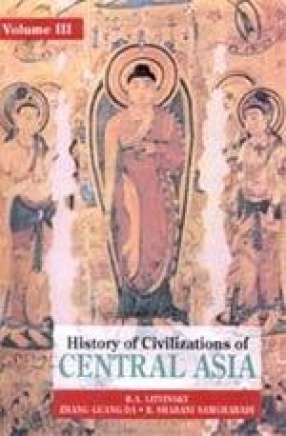
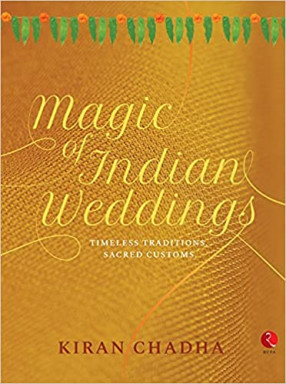
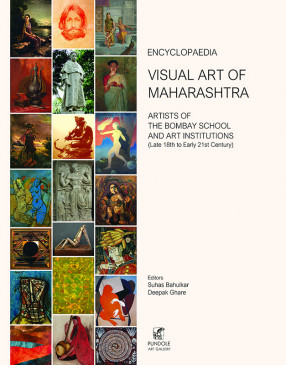
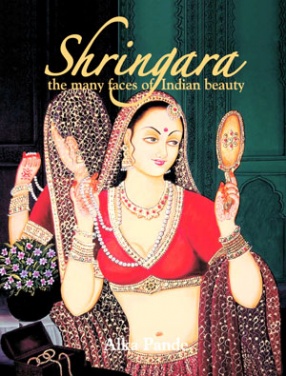
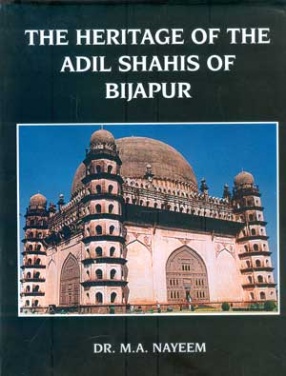

Bibliographic information
Tags